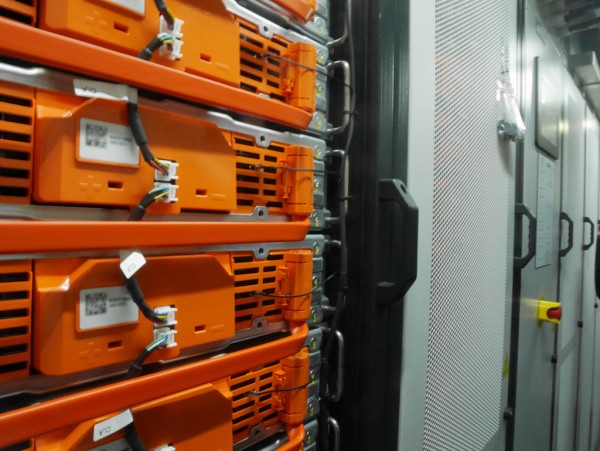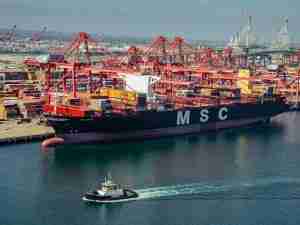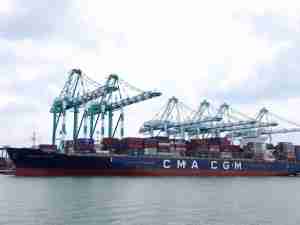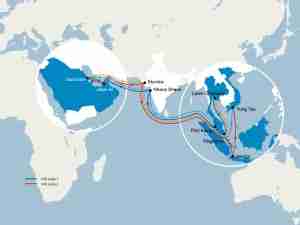Copenhagen/Hamburg - Classification society DNV GL has announced the launch of a Joint Development Project (JDP), designed to advance the understanding of the use of lithium-ion batteries in the shipping industry. More than a dozen partners from the entire value chain have joined the initiative, including flag states, research institutions, battery and propulsion suppliers, fire detection and extinguishing system providers, and ship owners, operators and yards.
“Including batteries in ships, whether as a hybrid or fully electric system, offers the industry the opportunity to improve fuel economy, reliability and operational costs,” says Geir Dugstad, Director of Ship Classification and Technical Director in DNV GL – Maritime. “For this technology to fully take hold, however, knowledge and requirements must be in place to ensure that we have products and a safety regime that address the concerns of all stakeholders while also creating the conditions for this technology to take off in the market.”

“We put a great deal of effort into ensuring the safety of these new alternative systems, but the cost of the present safety and approval methodology is cumbersome. This collaborative effort gives a chance for an even greater level of safety while also ensuring that these new and advanced technologies can be implemented to a greater extent”, says Rasmus Nielsen, Naval Architect and Officer at Scandlines.
ABB, a leader in providing technical solutions, adds, “We believe this type of project arrangement will be extremely beneficial, to raise the level of understanding of all parties involved to a very high degree, while also providing guidance that the entire industry can benefit from,” says Jostein Bogen, VP Global Product Manager, Energy Storage and Fuel Cells in ABB.
Thus, the JDP brings together stakeholders from across the whole maritime industry, creating a deep pool of expertise, knowledge and experience from many different perspectives to develop a greater understanding of the challenges and requirements of expanding the use of batteries in the maritime realm. At the end of the JDP the partners hope that they will have enhanced their own understanding so as to optimize their own products and services, while also created a set of inputs that can be taken up by the industry to not only push the development of the batteries themselves, but the associated systems, procedures, and approval processes. The JDP officially kicked off at the end of 2017, with major tasks defined as follows. The project will wrap up with dissemination activities in 2019.
- Safety Model Development and Assessment Based on Prior Knowledge
- Concerted Lithium-Ion Battery Risk Assessment
- Battery Safety Testing Program
- Battery Safety Simulation and Analysis Tool Development and Refinement
- Project Management, Dissemination, Input to Requirements and Rules
This collaborative and forward thinking effort exemplifies the technological leadership capabilities of an organization like DNV GL and a new way of developing key technological requirements. Through global research & development and progressive Maritime Advisory services, DNV GL continually sharpens its technical understanding, enabling it to conceive of and execute such efforts that can proactively address key technological questions and develop rules that lead and help industry rather than slow it down.
Project Partners:
- Norwegian Maritime Authority
- Danish Maritime Authority
- Norwegian Defense Research Establishment (Forsvarets Forskningsinstitutt, FFI)
- Corvus Energy, maritime battery systems vendor
- Plan B (PBES), maritime battery systems vendor
- FIFI4MARINE, lithium-ion fire extinguishing system provider
- Nexceris, developer of battery off-gas sensing technology
- Rolls Royce Marine AS, propulsion and system technology provider
- ABB, propulsion and system technology provider
- Stena, ferry owner and operator
- Scandlines, ferry owner and operator, including largest maritime battery installation in the world
- Damen, ship builder
- DNV GL










